You can say many things about Los Cabos, but one you can’t is that it’s like anywhere else on Earth. It’s unique, a one-of-a-kind marvel, thanks to its three distinct terrains — mountain, desert and ocean — and the meeting of two significant bodies of water: the Sea of Cortés and the Pacific Ocean.
It’s also the fastest-growing place in Mexico and one of the country’s most popular tourist destinations. With that in mind, these are some of the numbers that reflect what’s most remarkable about Los Cabos, from its geography to its foremost tourist attractions.
1: The number of the federal highway that connects the Baja California peninsula
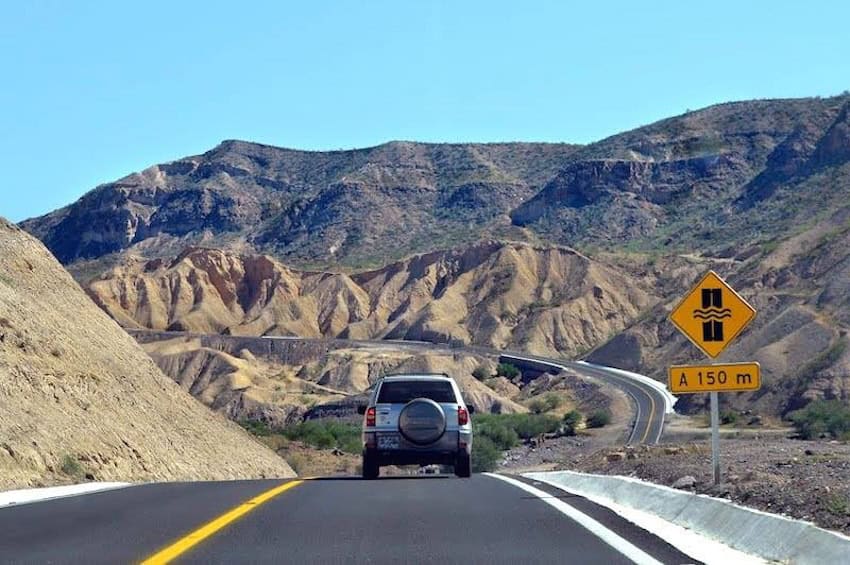
The idea of a federal highway connecting the entirety of the peninsula, from Tijuana to Cabo San Lucas, spurring connectivity and economic growth, dates back to the 1934-1940 presidency of Lázaro Cárdenas. However, the size and scope of the project were such that it took several more decades before it was complete. Opened in 1973, the 1,711-kilometer (1,063-mile) Carretera Transpeninsula was pivotal for tourism growth in Los Cabos. The kilometer zero marker in Cabo San Lucas signifies the end of the road.
18: The number of golf courses open in Los Cabos
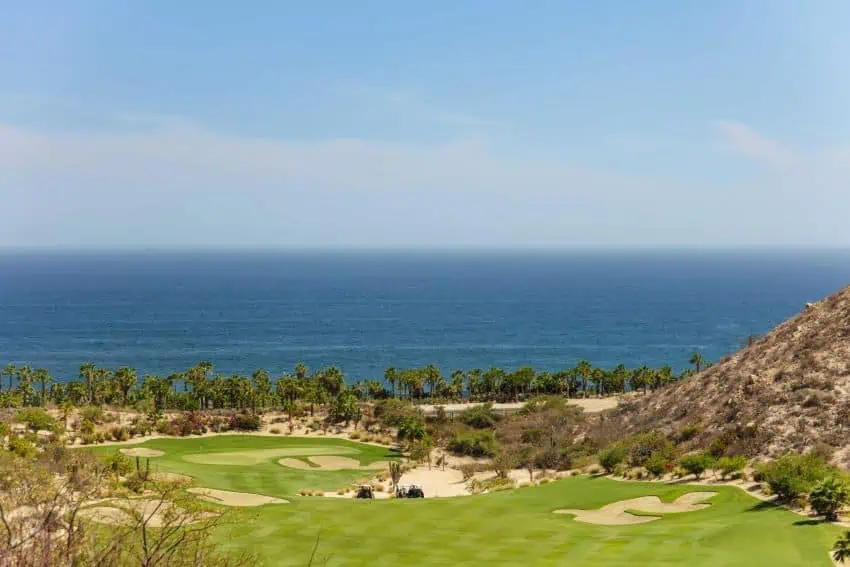
If you asked any fan of professional golf who the best player ever was, the answer would likely be Jack Nicklaus or Tiger Woods. Both have been iconic figures in Los Cabos, too.
Nicklaus put the area on the map as a golf destination in the early 1990s and has designed six of Los Cabos’ 18 currently operating golf courses. More are under construction, including the Legacy Club course from Tiger, joining El Cardonal — host of the annual World Wide Technology Championship, the only PGA Event in Los Cabos — and his 12-hole Oasis short course.
23.43601 North: The latitude of the Tropic of Cancer where it crosses Los Cabos

Most of Los Cabos lies below the Tropic of Cancer, the northernmost circle of latitude where the sun can be seen directly overhead on the summer solstice. This iconic latitudinal line is memorialized in two locations regionally. However, only one is in Los Cabos, as the sign marking where it crosses between Pescadero and Todos Santos is actually in the La Paz municipality. Los Cabos’ monument, a globe-like sculpture denoting the geographical landmark, is at Km 81.5 on Highway 1 between Miraflores and Santiago.
25: The number of Blue Flag beaches in Los Cabos
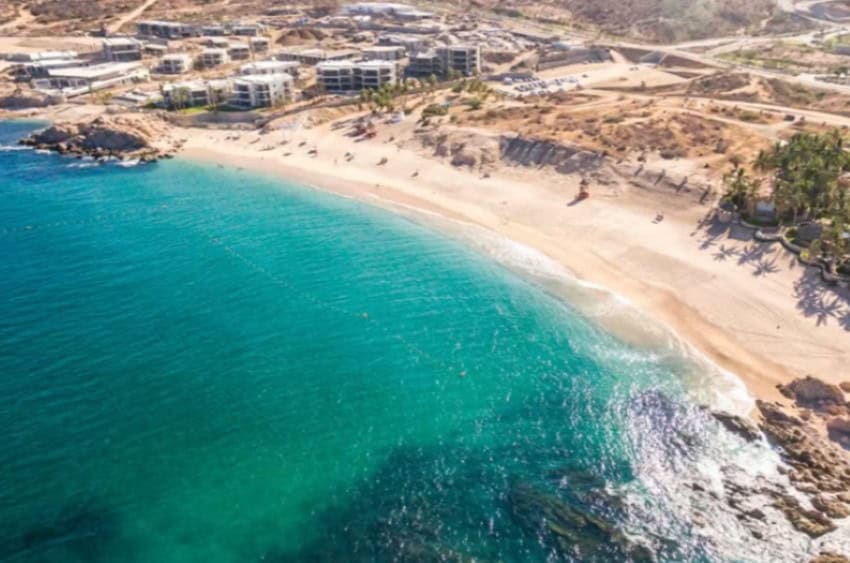
Los Cabos has hundreds of beautiful beaches across 125 miles of coastline. However, its best-known beaches, aside from Playa del Amor, fly the Blue Flag, which means they have been certified for cleanliness, services, and sustainability by the Foundation for Environmental Education. That’s more Blue Flag beaches than any other municipality in Mexico.
33: The kilometers of road on the Scenic Route that connects the cape cities
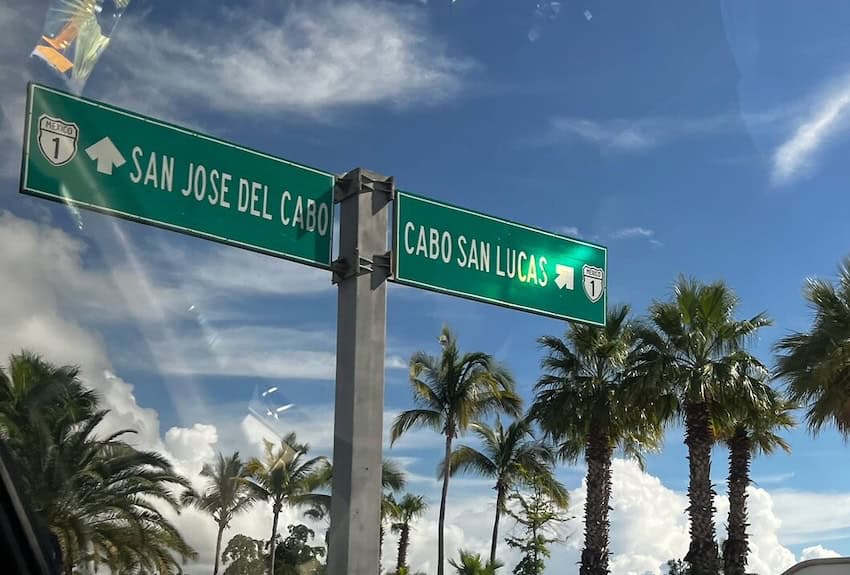
Los Cabos gets its name from its two cape cities, Cabo San Lucas and San José del Cabo. The two are far from the only notable parts of a municipality that spans 1,448 square miles. However, these cities are the heart of the tourism complex and are divided by a coastal corridor, or Scenic Route, that is 33 kilometers —just over 20 miles — in length.
508: The average nightly hotel rate in dollars in Los Cabos in 2025
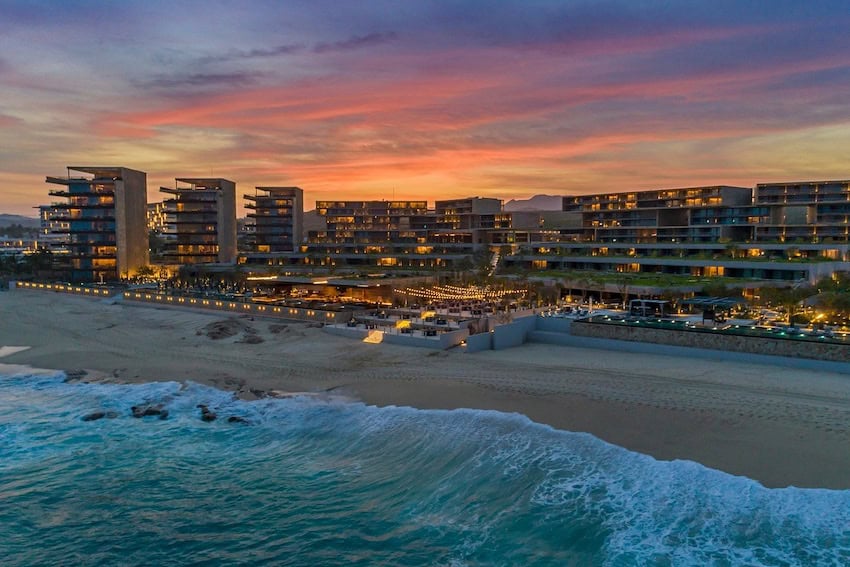
Consciously rebranded as a luxury destination in recent decades, Los Cabos is the most expensive vacation destination in the nation, with an average nightly hotel rate of US A$508 as of January 2025. That doesn’t mean budget-friendly hotels don’t exist. They do. However, what sets Los Cabos apart, hospitality-wise, is its wealth of world-class options.
It also bears noting that visitors have a variety of places to stay. Cabo San Lucas has the most hotel rooms, while San José del Cabo boasts excellent resorts along its Playa Hotelera. Meanwhile, the 20-mile Scenic Route that connects the cape cities offers the greatest concentration of luxury resorts, and the East Cape has some of the best boutique accommodations.
351,111: The population of Los Cabos as of the last census

The skyrocketing growth of Los Cabos has been well-documented, but to put it in perspective, the population grew from 43,920 in 1990 to 351,111 in 2020 and is expected to reach 700,000 by 2040.
3,930,000: The number of people who visited Los Cabos in 2024

Like its population numbers, Los Cabos has seen a spike in visitors over the last 35 years. From 1990 to 2000, annual visitors climbed from just over 200,000 to nearly half a million. By 2010, it saw almost a million annually, and in 2019, it logged 2.3 million domestic and international visitors. The numbers continue to rise, with new records set virtually every year. The most recent was achieved by the 3.93 million visitors in 2024.
5,000,000: The age of the Gulf of California
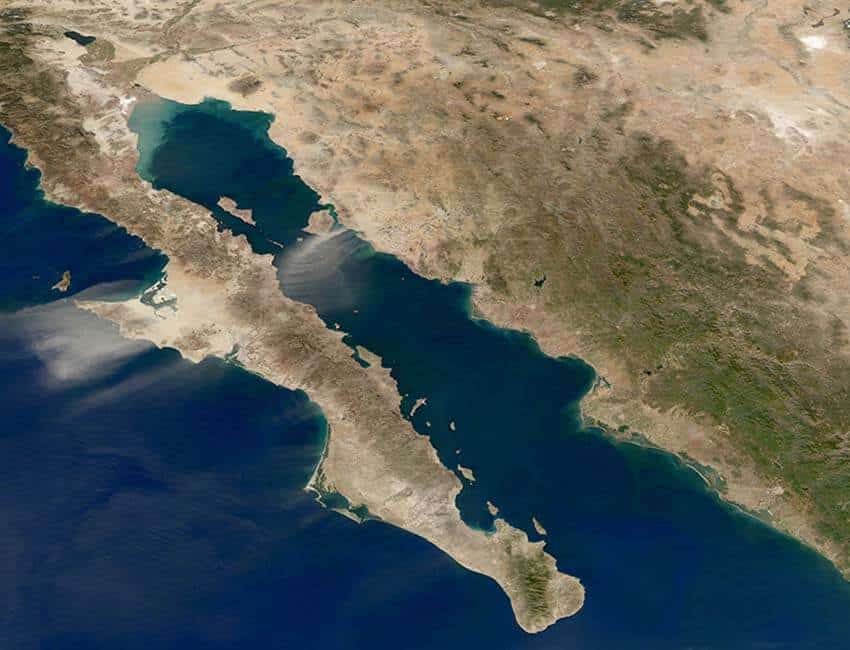
The San Andreas Fault is known for causing large, destructive earthquakes. However, it’s also responsible for forming the Gulf of California, known locally as the Sea of Cortés. Until 10 million years ago, the Baja California peninsula was part of the Mexican mainland, with Los Cabos attached to Jalisco. Then, due to shifting tectonic plates along the plate boundary — a.k.a. the San Andreas Fault System — the newly formed peninsula began to move away, making way for a new sea.
The Gulf of Californiathus came into being sometime between five and 10 million years ago. The peninsula is still moving away slowly from the mainland and may eventually break off and become an island. Don’t worry about that affecting your vacation plans, though. We’ll all be long gone by then.
84,000,000: The age of El Arco and the oldest granite monuments at Land’s End

Cabo San Lucas’ half-mile headland, Land’s End, frames its bay and serves as a locus for water-based activities. It’s home to a handful of beaches — most notably, Playa del Amor— and several spectacular granite monuments, the most famous of which is El Arco (the Arch).
Geological estimates for the oldest granitic monuments at Land’s End suggest a mind-blowing antiquity. According to “The Atlas of Coastal Ecosystems in the Western Gulf of California,” the Cretaceous Period granite that forms El Arco is equivalent in age to that found at subsurface volcanic sites at Las Tres Virgenes in the municipality of Mulegé: approximately 84 million years old.
Chris Sands is the Cabo San Lucas local expert for the USA Today travel website 10 Best, writer of Fodor’s Los Cabos travel guidebook and a contributor to numerous websites and publications, including Tasting Table, Marriott Bonvoy Traveler, Forbes Travel Guide, Porthole Cruise, Cabo Living and Mexico News Daily. His specialty is travel-related content and lifestyle features focused on food, wine and golf.
